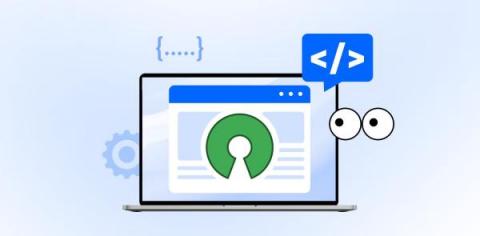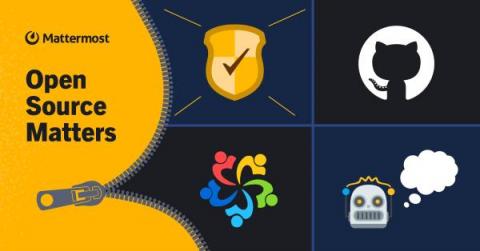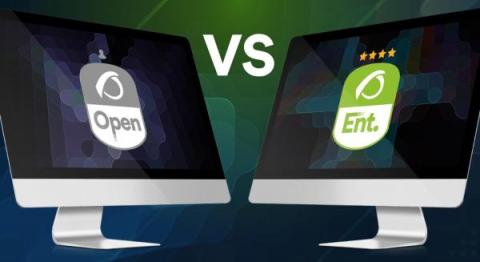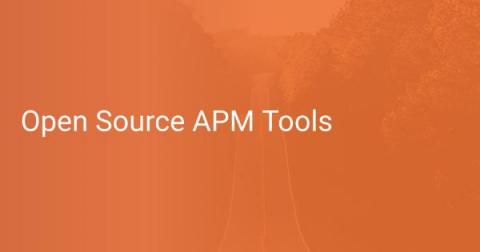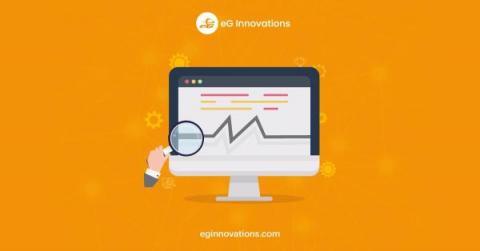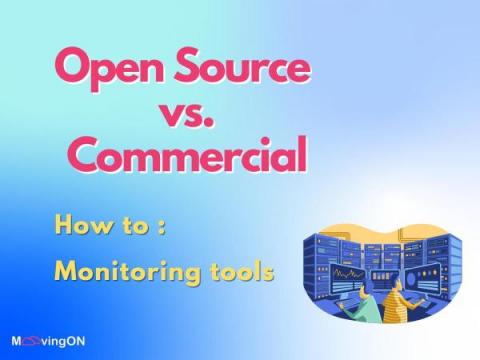Operations | Monitoring | ITSM | DevOps | Cloud
Latest News
Companies are concerned with open source security, why devs may need to ditch GitHub & more: Open Source Matters
Welcome to the August 2022 edition of Open Source Matters: our regular publication about the latest happenings in open source! Let’s dive into the news.
One-stop Open Source Observability is now a reality with Log Management in SigNoz - SigNal 15
Tensu: An Open Source Text UI for Sensu Go
A Two Sigma engineer explains why we built Tensu, an open source TUI (text user interface)-based program for interacting with Sensu Go’s observability pipeline and backend API. In this article we will be putting a spotlight on Tensu, an open source terminal-based dashboard for interacting with and responding to events from the Sensu Go observability pipeline and backend API.
The most complete comparison: Pandora FMS Open Source vs Pandora FMS Enterprise
Pandora FMS Open Source is not a freemium software, it is not bloatware nor shareware (*Wink for those born before the 80s). Pandora FMS is licensed under GPL 2.0 and the first line of code was written in 2004 by Sancho Lerena, the company’s current CEO. At that time, free software was in full swing and MySQL was still an independent company, as was SUN Microsystems.
Open Source APM Tools
Application performance monitoring software is a basic need for most tech-related companies in the world. APM software is built by tech companies to help in the performance management of the application. Open Source APM tools are those whose source code is publicly accessible. In fact, for any software which is open source, the source code of the application must be publicly accessible on Github or any other website.
Grafana Labs founders on the future of observability and how to scale an open source company
“Overwhelming.” It was the only word Grafana Labs CEO and Co-founder Raj Dutt could use to describe how it felt to look out at the sea of more than 600 Grafanistas gathered together in Whistler, British Columbia, for the first company-wide employee event in two years.
Top Freeware and Open-source IT Monitoring Tools
There are hundreds of monitoring tools available in the market for enterprises and MSPs to choose from. Many of these tools are open source or freeware. Over the years, the functionality of many of these open source tools have improved greatly. In this blog, we highlight the top open source IT monitoring tool options and discuss their pros and cons.
Open Source vs. Commercial Cloud Monitoring Tools: How to Choose
Best Open Source Application Monitoring Tools
As businesses grow and develop, so must the tools that help manage them. Application monitoring tools provide enterprises with a way to keep track of the health and performance of their applications and ensure that everything is running smoothly. Application monitoring tools have a wide range of capabilities and data that enterprises can use to help answer questions about the current state of an application.


